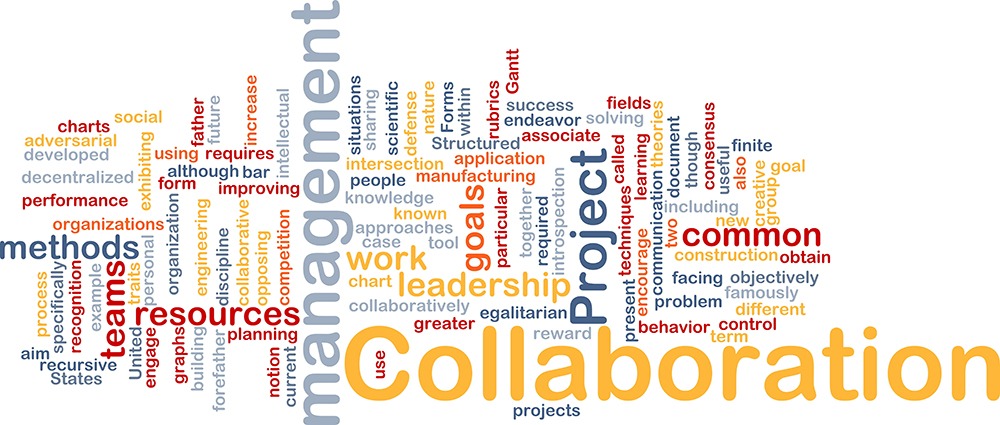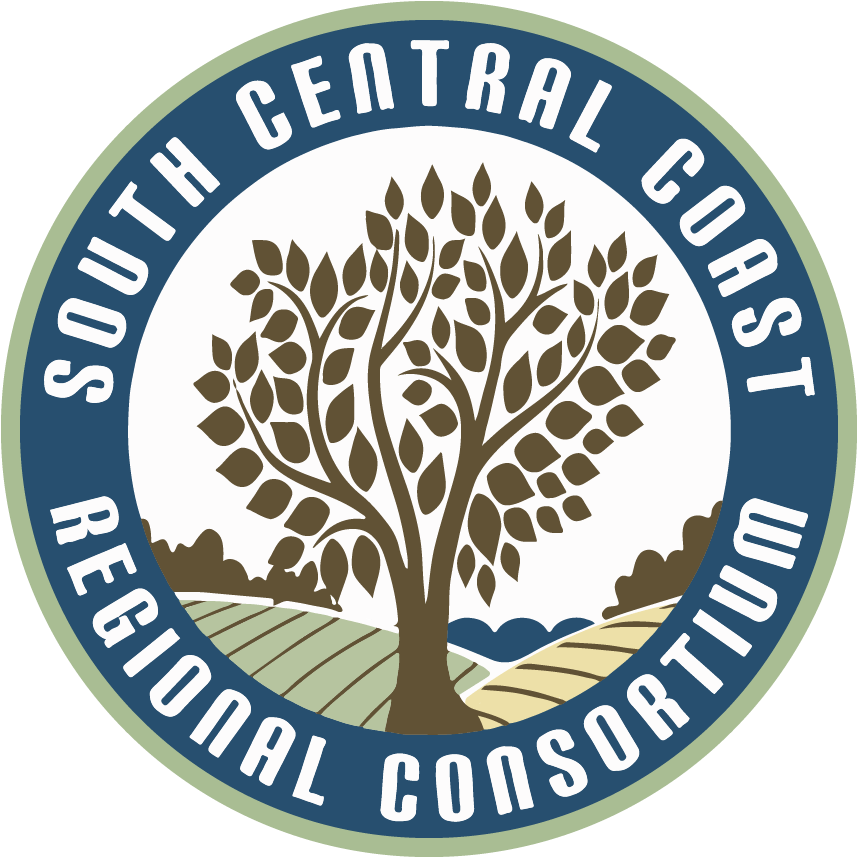Back to Contract Education Toolkit

Rules of Community Engagement
A. 12 Features of A High Performing Unit1
Twelve Features of a High Performing Unit describes the components of how to be effective in delivering contract training to employers.
The Twelve Features of a High Performance Operation are taken by permission from a study conducted by the Center for Adult and Experiential Learning (CAEL) commissioned by the Ohio State Board of Regents (like the Board of Governors in California).

These are the ideals to which college programs should strive to achieve.
-
-
- Develops and maintains a full range of high-impact training and training-related services in formats responsive to employer needs
- Systematically uses sales and marketing techniques and systems which heighten visibility and positive image in the business community and the community at large
- Diagnoses customer needs using systematic processes to help the customer determine appropriate training and training-related solutions
- Promotes and continually evaluates its service orientation within the campus and among external customers
- Measures the impact of its programs and services
- Develops and maintains strong partnerships and alliances
- Optimizes its financial performance while managing, monitoring and maintaining a fiscally responsible operation
- Manages human resources effectively by monitoring and adjusting workflow, promoting continuous staff development, and optimizing staffing patterns in response to plans and priorities
- Uses strategic forecasting and organizational planning tools in connection with the campus’s planning processes
- Maintains processes which support the fullest achievement of its operations goals
- Establishes and maintains productive relationships with the people and programs of the campus and communicates clearly the needs, values, activities and accomplishments of the services to employers as well as its contributions to the campus at large
- Profits from strong, direct leadership which produces a high performance, change-oriented operation on the “cutting edge” in the field of business-world training, development and performance improvement
-
B. Ground Rules for Professional Internal Collaboration
The Model of a Supportive Campus describes what the institution should do to support the unit’s efforts (professional/personal collaboration).
The Model of a Supportive Campus is taken by permission from a study conducted by the Center for Adult and Experiential Learning (CAEL) commissioned by the Ohio State Board of Regents (like the Board of Governors in California). These are the ideal to which college programs should strive to achieve.
1. An actively supportive president or dean
As the prime advocate for the campus’s services to businesses, industries and public sector organizations, the president or dean fulfills three distinct responsibilities:
-
-
- Internal champion
- External marketing agent
- Process improvement leader
-
2. Employer services operations effectively connected to campus mission and activities
The campus actively encourages and facilitates appropriate, productive coordination among all campus operations – including the operation which develops, implements and maintains lasting, productive partnerships with corporate customers.
3. A director of employer services with strategic authority
To meet the needs of corporate customers, the individual responsible for services to employers has the flexibility to operate as a business within the academic environment. The campus enables the director to do business with business like business does business.
4. An employer services operation with differentiated, funded core positions
The campus supports crucial core positions in the business and industry operation as an indispensable investment. Critical staff is responsible for administration, sales, marketing and corporate services.
5. Hiring policies fully supportive of the employer services operation
In order to operate as a business in the market, the campus establishes and implements human resources policies that uniquely support the needs of customers from business and industry.
6. Employer services performance standards and processes that are tracked and continually improved
Even when business-friendly policies and systems are implemented, the campus has a reliable, standards-based process for ensuring fast, seamless service delivery.
7. Complementary marketing efforts
The campus systematically coordinates the marketing and advertising efforts of the campus at large with those of the employer service operation.
8. Budgetary policies supportive of the employer services operation
The campus promotes a system which enables the director of employer services to lead the operations with control of the operation’s budget, as well as a portion of the surplus which results… all with an eye toward becoming self-sufficient and reinvesting in the operation. As a result the campus does business with business like business does business.

C. Consulting Skills1
1. Contract Ed Consulting Skills
-
-
- Knows the needs of the customer
- Responsive to customer requests
- Resolves problems with the customer
- Achieves desired results
-
Analytical Skills
-
-
- Able to break down complex information into smaller pieces
- Uses logic when considering facts
- Understands the interrelationship of issues
-
Interpersonal Skills
-
-
- Establishes rapport and trust with others
- Interacts effectively with others
- Manages conflict well
-
Adaptability
-
-
- Adapts to changes in the work environment
- Changes approach or method to best fit the situation
- Accepts feedback and changes behavior accordingly
-
Organizing
-
-
- Handles multiple tasks
- Delegates work to appropriate person and follows up
- Coordinates efforts
-
Oral Communication
-
-
- Expresses ideas clearly
- Asks questions to ensure understanding
-
Technical Knowledge
-
-
- Uses tools and equipment to get the job done
- Understands the business and its market
- Knows how the business operates
-
Sales Ability
-
-
- Initiates new contracts
- Listens to customer needs
- Overcomes objections
- Responsive to customer questions and problems
-
Written Communication
-
-
- Clearly and concisely expresses concepts in writing
- Uses proper grammar and punctuation
- Presents numerical data effectively
-
Presentation Skills
-
-
- Develops clear and concise presentations
- Able to use software to develop presentations
- Able to effectively deliver presentation to an audience
-
Planning
-
-
- Sets realistic goals
- Able to identify resources needed to get the job done
- Integrates activities across job functions
-
Project Management
-
-
- Develops project plans
- Communicates changes and progress
- Completes projects on time and within budget
- Manages project team activities
-
2. Contract Education Needs Assessment
Contract Education Needs Assessment Tool Kit FINAL_2018.docx
D. Marketing Skills
1. Market Plan Tool Kit
Contract Education Market Plan Tool Kit.pdf
2. Marketing Contract Education to a District
Marketing Contract Education to a District.pdf
3. Marketing CED to Employers
Marketing CED to employers.pdf
4. Marketing Activities2
-
-
- Production and distribution of brochures (print)
- Production and distribution of brochures (electronic)
- Industry networking groups
- Social media engagement (Twitter, LinkedIn, Facebook, etc.)
- Event sponsorships (conferences, award dinners, etc.)
- Social Media advertising (Twitter, LinkedIn, Facebook, etc.)
- Newspaper or magazine advertisements
- Radio advertisements
- Television advertisements
- Indoor digital billboard at the airport
- Media releases
- Direct communication with clients
- Complimentary webinars
- Magazine publications
-
E. Tracking Systems
1. Training/Trainee Data2
-
-
- Microsoft Excel or Access
- Augusoft Lumens
- Banner
- Colleague
- Internal (homegrown) system
- Campus CE
- PeopleSoft
- Salesforce
- ACEware Systems
- Microsoft Dynamics
- ASAP Registration + Management
- Insightly
- ENTren
- ACT Premium
- Xenegrade
-
2. Financial System2
-
-
- College Financial System
- Peoplesoft
- Intuit Quickbooks
- Banner
- Augusoft Lumens
- Campus CE
- Internal (homegrown system)
- Colleague
- Nelnet
-
3. Customer Relationship Management (CRM) System2
-
-
- Salesforce
- Microsoft Excel or Access
- Internal (homegrown) CRM system
- ACT
- Microsoft Dynamics
- Sugar CRM
- Hubspot
- Hobson’s Radius
- Microsoft Business Contact Manager
- Pipedrive
- vTIger
-
